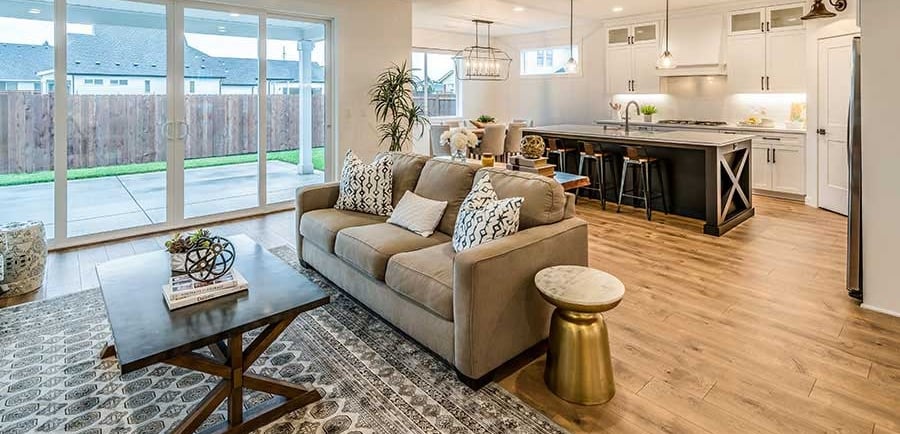items chosen one by one so you have the best option and save money on amazon (Links in articles)
Open Floor Plan Regret? Why Homeowners Are Rebuilding Walls in 2026
For over two decades, open-concept living was the gold standard in American home design. Tearing down walls to create airy, connected spaces became a go-to renovation goal, with kitchens, living rooms, and dining areas blending into one seamless area. But in 2026, a surprising trend is gaining momentum: homeowners are putting the walls back up. Yes, you read that right. The open floor plan is facing backlash, and many Americans are opting to divide their spaces again—for reasons that are both practical and psychological.
6/24/20252 min leer


🧱 What’s Behind the Shift?
🧠 1. The Rise of Work-from-Home Realities
The pandemic changed everything. When your kitchen island becomes a makeshift office and your living room hosts Zoom meetings while kids play in the background, open spaces quickly lose their appeal. Homeowners want privacy, acoustic control, and defined zones.
“Open floor plans are beautiful, but they don't work when you have a full household working, learning, and living in the same space,” says Los Angeles architect Diane Walker.
Search Amazon for smart dividers, acoustic panels, and flexible room partitions
🔊 2. Noise Fatigue
With no walls, noise travels. Cooking, TV, children playing, pets barking—all of it blends together. In 2026, more families are realizing that separation brings sanity.
Search Amazon for smart dividers, acoustic panels, and flexible room partitions
🎯 3. Zoning and Functionality
Walls give structure and purpose. People want:
A quiet reading nook separate from the entertainment zone
A closed kitchen to hide the mess during gatherings
A home office that doesn’t face the fridge or sofa
Open concepts often lack visual and functional boundaries, leading to design frustration.
Search Amazon for smart dividers, acoustic panels, and flexible room partitions
🖼️ 4. Design Freedom Returns
With open layouts, every piece of furniture and color scheme needs to blend perfectly across a large space. But with divided rooms, homeowners gain creative freedom. A cozy dark-toned library can coexist alongside a minimalist white kitchen—no more forced cohesion.
💸 5. Energy Efficiency and Comfort
In climate-sensitive regions, walls help manage temperature better. Heating or cooling one large space costs more than controlling individual rooms. With rising utility costs in the U.S., some are choosing walls for both comfort and savings.
🛠️ Popular Wall-Adding Renovations in 2026
Glass partitions with black metal frames (adds privacy without blocking light)
Sliding doors or barn-style panels for flexible separation
Rebuilding partial walls to zone spaces
Adding acoustic dividers or built-in bookshelves as room dividers
Converting open dining areas into enclosed offices or hobby rooms
Search Amazon for smart dividers, acoustic panels, and flexible room partitions
👎 Open Floor Plan Regret: What Homeowners Are Saying
🗣️ “We loved it at first, but now with two remote workers and three kids, we just need separation.”
— Chelsea R., Chicago
🗣️ “I can’t watch a movie in peace while my husband’s taking Zoom calls next to the kitchen. We're adding a wall next month.”
— Mark T., Austin
🛋️ How to Re-Zone Without Major Renovation
If you're not ready for drywall and construction, try these alternatives:
Freestanding bookshelves or room dividers
Floor-to-ceiling curtains to zone off spaces
Large potted plants to create visual separation
Rugs and lighting to define distinct functional areas
👉 Tip: Search Amazon for smart dividers, acoustic panels, and flexible room partitions.
🧠 Final Thought: It's Okay to Rebuild
Trends evolve—and so do your needs. If your open-concept layout no longer serves your lifestyle, don’t be afraid to adapt. The best home design isn’t what’s popular—it’s what actually works for you.
In 2026, the pendulum is swinging back toward functional separation, privacy, and multi-zone living. And honestly? It just makes sense.
Search Amazon for smart dividers, acoustic panels, and flexible room partitions